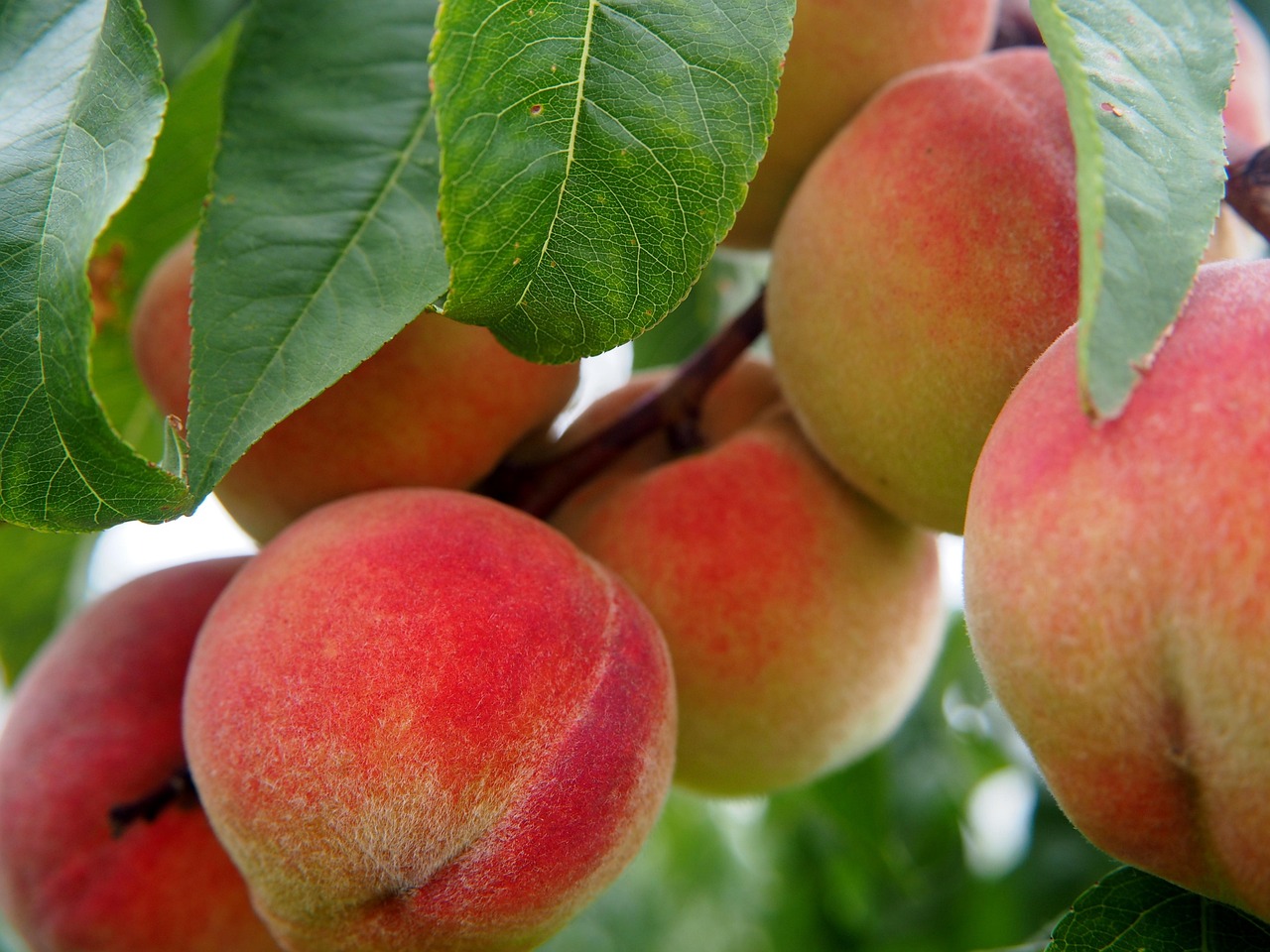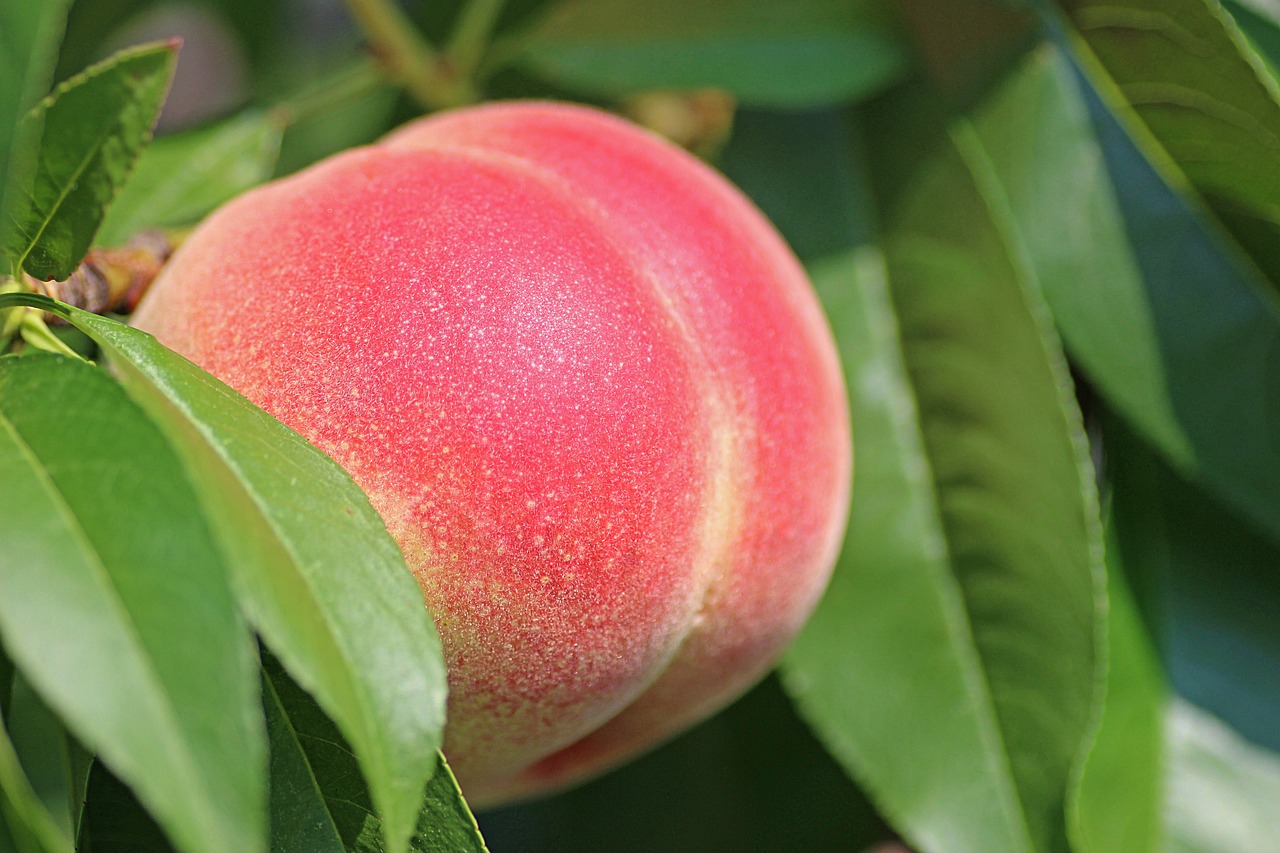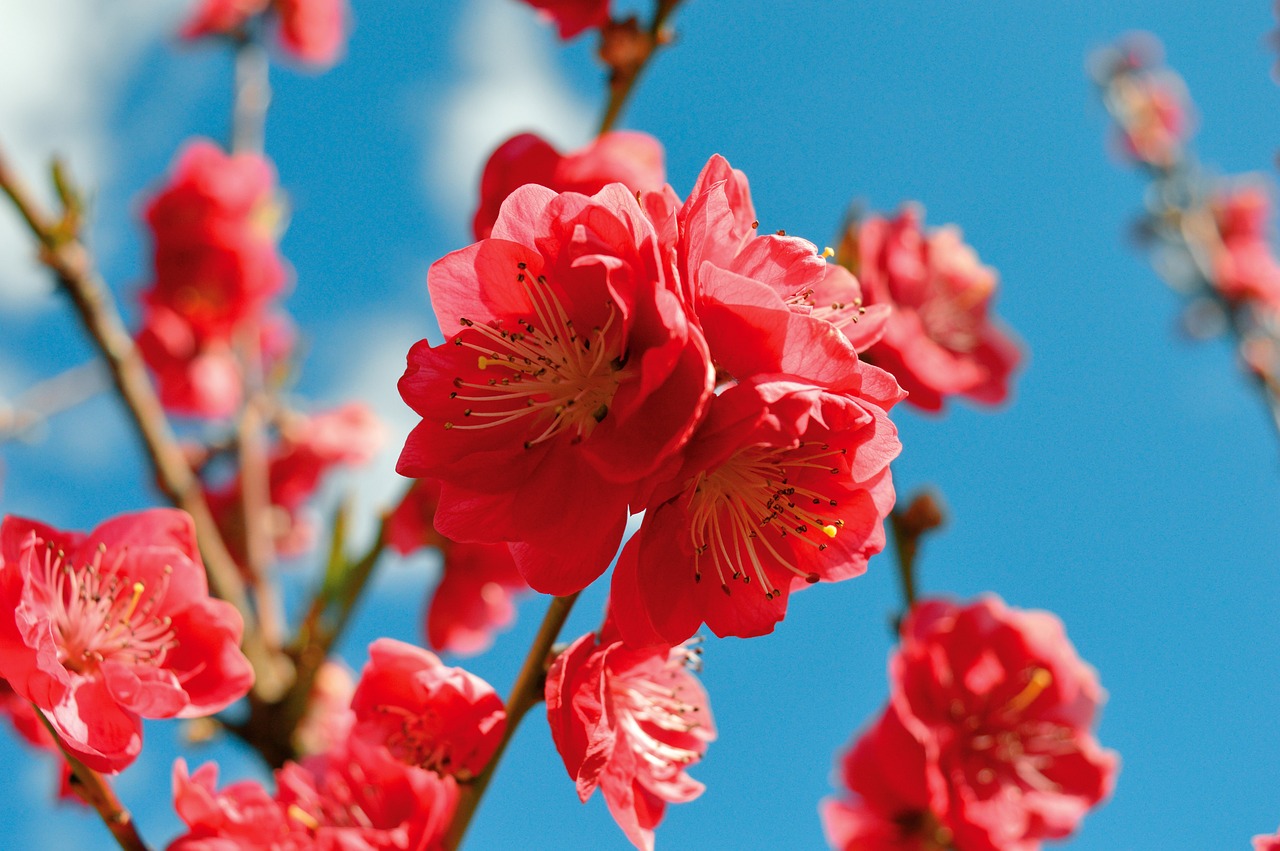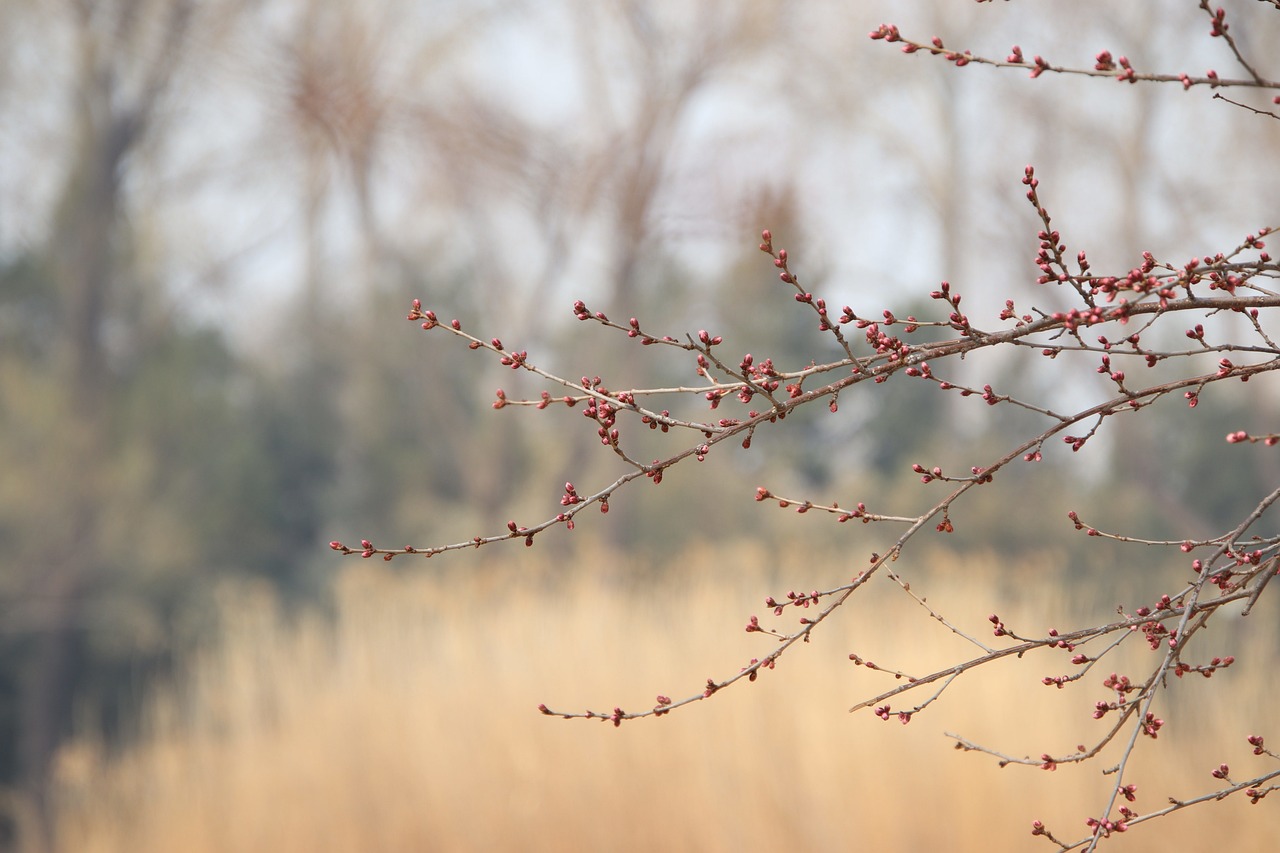The Elberta peach tree is known for its moderate growth rate and prolific fruit production. Typically, it reaches a height of 15 to 20 feet and begins to bear fruit within three to four years after planting, producing large, juicy peaches that are popular among home gardeners and commercial growers alike.
The Elberta peach, scientifically known as Prunus persica ‘Elberta’, is a cherished variety of peach tree that has gained popularity for its sweet and flavorful fruits. Originating from the United States, this tree is not only valued for its delicious peaches but also for its ornamental beauty. The Elberta peach tree boasts stunning pink blossoms in the spring, making it a beautiful addition to any landscape.

This peach tree is known for its adaptability to various climates, thriving best in USDA hardiness zones 5 through 9. Its ability to withstand colder temperatures while still producing fruit makes it a favorite for many gardeners. However, understanding the growth rate and fruit production characteristics of the Elberta peach tree is crucial for optimal cultivation and harvest.
Growth Rate of Elberta Peach Tree
The growth rate of the Elberta peach tree can be classified as moderate. In ideal conditions, the tree can grow approximately 1 to 2 feet per year. Several factors influence this growth rate, including soil quality, water availability, climate, and care practices.
When planting an Elberta peach tree, it is vital to consider the following factors that can enhance its growth:

- Soil Quality: The Elberta peach tree prefers well-draining, loamy soil with a pH between 6.0 and 7.0. Conducting a soil test before planting can help determine if amendments are needed.
- Watering: Regular watering is essential, especially during dry spells. However, overwatering can lead to root rot.
- Sunlight: Full sun exposure is ideal. The tree needs at least 6 to 8 hours of sunlight daily to thrive.
- Fertilization: Applying a balanced fertilizer in early spring can promote healthy growth and fruit development.
Fruit Production of Elberta Peach Tree
The Elberta peach tree is known for its abundant fruit production. Once the tree matures, it can yield significant quantities of fruit each year. Generally, the trees begin to produce fruit in their third or fourth year after planting.
On average, a mature Elberta peach tree can produce between 100 to 200 pounds of peaches annually. The fruit is typically large, yellow with a red blush, and has a sweet, juicy flavor that is perfect for fresh eating or canning.
Here are some key facts about the fruit production of the Elberta peach tree:

| Characteristic | Details |
|---|---|
| Time to First Harvest | 3-4 years after planting |
| Fruit Size | Large (approximately 3 inches in diameter) |
| Fruit Color | Yellow with red blush |
| Taste Profile | Sweet and juicy |
| Harvest Season | Late summer (July to August) |
After the initial few years of growth, the focus should shift towards proper maintenance to ensure continued productivity. Regular pruning helps improve air circulation and sunlight penetration, which are crucial for fruit set and quality.
It’s also important to monitor for pests and diseases that may affect the tree’s health and fruit production. Common issues include peach leaf curl and various insect pests. Implementing preventive measures will help maintain the overall vigor of the Elberta peach tree and enhance its yield.
In summary, understanding the growth rate and fruit production of the Elberta peach tree is essential for successful cultivation. With proper care and attention, gardeners can enjoy bountiful harvests of delicious peaches year after year.

Care and Maintenance of Elberta Peach Trees
To ensure the health and productivity of your Elberta peach tree, regular care and maintenance are essential. Below are some key practices that will help you cultivate a fruitful tree.
Watering Practices
Watering is critical, especially during the tree’s first few years. A newly planted Elberta peach tree requires consistent moisture to establish its roots. Here are some guidelines for effective watering:
- Frequency: Water the tree deeply once a week during dry spells. This encourages deep root growth.
- Soil Check: Before watering, check the soil moisture by digging a few inches into the ground. The soil should be moist but not soggy.
- Drip Irrigation: Consider using a drip irrigation system for efficient water delivery directly to the roots.
Fertilization
Proper fertilization plays a vital role in promoting healthy growth and fruit production. Here are some tips for fertilizing your Elberta peach tree:
- Timing: Apply fertilizer in early spring before new growth begins. This timing helps provide the necessary nutrients during the active growing season.
- Type of Fertilizer: Use a balanced fertilizer specifically formulated for fruit trees, typically with an N-P-K ratio of 10-10-10 or similar.
- Application: Follow the manufacturer’s instructions for the correct amount to apply based on the tree’s age and size.
Pruning Techniques
Pruning is essential for maintaining the shape and health of your Elberta peach tree. It enhances air circulation and sunlight penetration, which are crucial for fruit quality. Follow these pruning guidelines:
- Timing: Prune in late winter or early spring when the tree is still dormant.
- Remove Dead Wood: Start by removing any dead or diseased branches to improve tree health.
- Shaping the Tree: Aim for an open center structure, removing inward-growing branches to allow light in.
- Thinning Fruit: Thin out excess fruit during the growing season to ensure larger, healthier peaches.
Pest and Disease Management
The Elberta peach tree can be susceptible to various pests and diseases. Early detection and management are key to protecting your tree. Here are some common issues to watch for:
Pests
- Peach Tree Borer: This insect can cause significant damage by burrowing into the trunk. Look for signs of sawdust near the base of the tree.
- Aphids: These small insects feed on sap and can weaken the tree. They can also produce honeydew, attracting ants.
- Spider Mites: These tiny pests can cause leaf stippling and yellowing. Regularly check the underside of leaves for webbing.
Diseases
- Peach Leaf Curl: Caused by a fungus, this disease leads to distorted leaves in spring. Preventive fungicide applications in early spring can help.
- Bacterial Spot: Symptoms include dark spots on leaves and fruit. Ensure good air circulation and avoid overhead watering to reduce humidity around the tree.
- Crown Gall: This bacterial disease causes tumor-like growths on roots and stems. Remove infected parts promptly.
Harvesting Elberta Peaches
The harvest time for Elberta peaches typically falls between late July and August. Knowing when to pick is crucial for enjoying the best flavor and texture. Here are some tips for harvesting:
- Color Check: Harvest when the peaches turn a golden yellow color with a slight red blush.
- Feel Test: Gently squeeze the fruit; it should give slightly, indicating ripeness.
- Avoid Overripe Fruit: Be mindful not to leave peaches on the tree too long, as they can become mealy and lose flavor.
To harvest, carefully twist or cut the peaches from their stems to avoid damaging the fruit or the tree. Handle them gently to prevent bruising, which can lead to spoilage.
Following these care and maintenance practices will help ensure that your Elberta peach tree remains healthy and productive, leading to delicious fruit harvests each season.
Post-Harvest Care for Elberta Peaches
After harvesting, proper handling and storage of Elberta peaches are crucial to maintain their quality and flavor. Here are some key practices to consider:
Handling Peaches After Harvest
Once peaches are picked, they should be handled with care to minimize bruising. Here are some tips for handling:
- Gentle Handling: Always support the bottom of each peach while picking. Avoid squeezing too tightly, as this can cause bruising.
- Use Containers: Place peaches in shallow containers. This prevents stacking, which can crush the fruit below.
- Avoid Sun Exposure: Keep harvested peaches out of direct sunlight to prevent them from ripening too quickly.
Storing Elberta Peaches
Proper storage is essential to prolong the freshness of Elberta peaches. Here are some effective methods for storing the fruit:
- Room Temperature: If you plan to eat the peaches within a few days, store them at room temperature. This allows them to ripen fully.
- Refrigeration: For longer storage, place peaches in the refrigerator once they are ripe. This helps slow down the ripening process.
- Humidity Control: Store peaches in a breathable bag or container to maintain humidity levels without trapping moisture, which can lead to decay.
Culinary Uses for Elberta Peaches
The sweet and juicy flavor of Elberta peaches makes them a versatile ingredient in many culinary applications. Here are some popular ways to enjoy this delicious fruit:
Fresh Eating
Elberta peaches are perfect for enjoying fresh. Their sweetness and juiciness make them an ideal snack. Simply wash and slice them for a refreshing treat.
Baking and Cooking
These peaches can be used in various recipes, including:
- Pies: Elberta peaches are often used in traditional peach pies, adding a burst of flavor.
- Cobbler: They make excellent peach cobblers, paired with a buttery crust.
- Salsas: Diced Elberta peaches can be combined with tomatoes and spices for a unique salsa.
Canning and Preserving
Canning is a popular method for preserving Elberta peaches, allowing you to enjoy their flavor year-round. Here are some steps to follow:
- Selecting Peaches: Choose ripe but firm Elberta peaches for the best canning results.
- Preparation: Wash, peel, and slice the peaches before packing them into jars.
- Canning Process: Use a water bath canning method or pressure canning, depending on your preference.
- Storage: Store canned peaches in a cool, dark place. They can last for up to a year when properly sealed.
Nutritional Benefits of Elberta Peaches
Elberta peaches not only taste great but also offer various health benefits. Here are some nutritional highlights:
| Nutrient | Amount per 100g |
|---|---|
| Calories | 39 kcal |
| Carbohydrates | 10 g |
| Fiber | 1.5 g |
| Sugar | 8 g |
| Vitamin C | 6 mg (10% DV) |
| Vitamin A | 489 IU (10% DV) |
| Potassium | 190 mg (5% DV) |
The combination of vitamins, minerals, and antioxidants found in Elberta peaches can support overall health. They provide hydration due to their high-water content and can contribute to digestive health thanks to their fiber content.
Common Challenges in Growing Elberta Peach Trees
While growing Elberta peach trees can be rewarding, there are challenges that gardeners may encounter. Being aware of these issues can help you take proactive measures:
- Pest Infestations: As mentioned earlier, pests like peach tree borers and aphids can pose threats. Regular inspections and preventive treatments can help manage these pests.
- Disease Management: Fungal diseases such as peach leaf curl require early intervention. Fungicides may be necessary during wet weather conditions.
- Environmental Stress: Extreme weather conditions, such as late frosts or prolonged droughts, can impact growth and fruit production. Providing adequate care during these times is crucial.
By understanding these challenges and implementing effective strategies, you can ensure the successful growth and productivity of your Elberta peach tree.
Additional Resources for Growing Elberta Peach Trees
For those interested in delving deeper into the cultivation of Elberta peach trees, there are numerous resources available. These can help you gain more knowledge and refine your gardening skills:
- Books: Look for gardening books focused on fruit trees or specifically on peaches. Titles like “The Fruit Gardener’s Bible” provide comprehensive information on growing various fruits.
- Online Forums: Join gardening forums or communities, such as those found on Reddit or specialized gardening websites. Engaging with fellow gardeners can offer valuable insights and tips.
- Local Extension Services: Many states have agricultural extension services that provide resources for local gardeners. They often offer workshops, seminars, and advice tailored to your specific region.
- YouTube Channels: Numerous gardening experts share their experiences with fruit tree cultivation through videos. Channels dedicated to permaculture and sustainable gardening can be particularly helpful.
Considerations for Organic Gardening
If you’re interested in growing Elberta peaches organically, there are additional considerations to keep in mind. Organic gardening practices focus on sustainability and avoiding synthetic chemicals, which can benefit both the environment and your health:
- Organic Pest Control: Utilize natural pest deterrents like neem oil or insecticidal soap. Introducing beneficial insects, such as ladybugs, can also help control pest populations.
- Natural Fertilizers: Incorporate compost and well-rotted manure to enrich the soil naturally. Organic fertilizers can also provide essential nutrients without harmful additives.
- Crop Rotation: Implement crop rotation strategies to reduce soil-borne diseases and pests. This practice helps maintain soil health over time.
Understanding the Benefits of Elberta Peach Trees
Choosing to grow an Elberta peach tree comes with numerous benefits beyond just harvesting delicious fruit. Here are some of the advantages:
- Aesthetic Appeal: The vibrant pink blossoms in spring and lush green foliage during summer enhance the beauty of any garden.
- Wildlife Habitat: Peach trees attract pollinators like bees, which are essential for a healthy ecosystem. Birds may also enjoy the fruit, adding to the biodiversity of your garden.
- Community Engagement: Sharing your harvest with family, friends, or neighbors fosters community connections and promotes local agriculture.
Final Thoughts
The Elberta peach tree is a remarkable choice for both novice and experienced gardeners. Understanding its growth rate, fruit production, care requirements, and potential challenges is essential for successful cultivation. With proper attention and care, these trees can provide bountiful harvests of sweet peaches for years to come.
As you embark on your journey with Elberta peach trees, remember that patience is key. It may take a few years to see significant fruit production, but the rewards are well worth the wait. Enjoy the process of nurturing your tree and look forward to the delightful fruits that will grace your table.
Whether you choose to enjoy the peaches fresh, bake them into desserts, or preserve them for later use, the Elberta peach tree is sure to enhance your gardening experience and bring joy to your culinary endeavors. Happy gardening!
